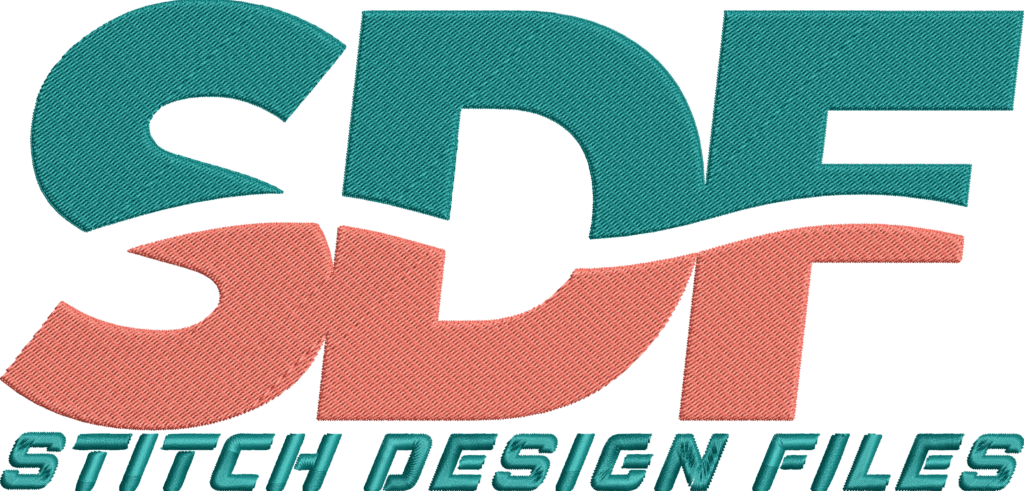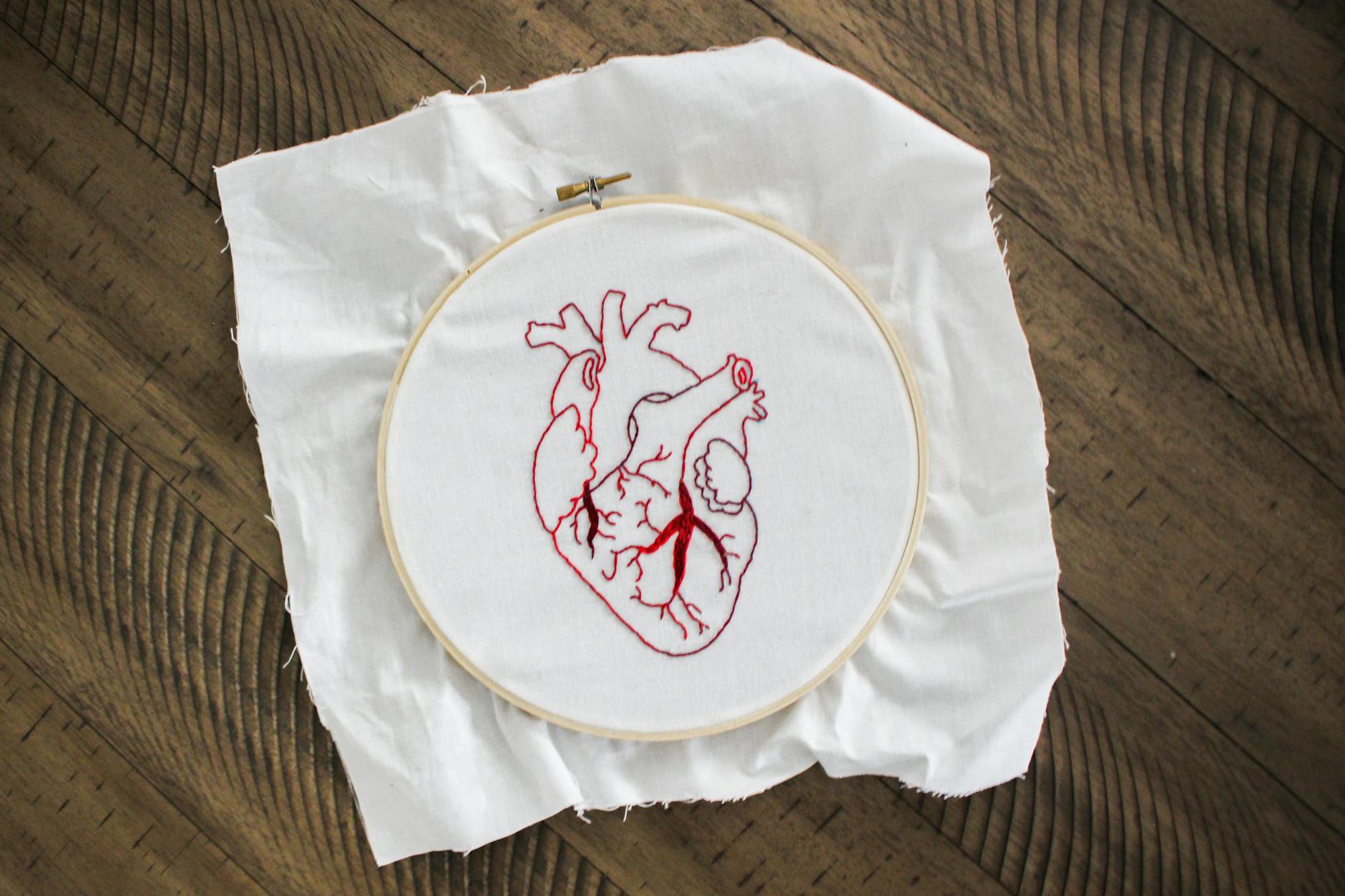No products in the cart.
Embroidery Tips & Guides
How to Make Embroidery Designs Patches with Your Machine
How to Make Embroidery Designs Patches with Your Machine
- Creating embroidery designs patches involves using stabilizers, fabric placement, and precise stitching techniques.
- Machine embroidery patches can be made fabric-backed or thread-only, depending on stabilizers and stitch density.
- Understanding embroidery file formats and digitizing steps ensures professional, clean-edged patches.
- Proper hooping, tack-down stitches, and satin stitch borders are essential for durable and visually appealing patches.
- This process benefits hobbyists and small business crafters seeking custom patches with scalable production capabilities.
Embroidery designs patches are popular decorative and branding elements that can be produced at home with an embroidery machine. Knowing how to make patches from your machine embroidery designs enables the creation of durable, vibrant, and professionally finished fabric pieces that can be sewn or ironed onto garments, bags, and accessories. This article covers how to make embroidery designs patches by following well-defined steps and best practices that ensure optimal results and usability.
Introduction to Embroidery Designs Patches
Machine embroidery patches are valuable to hobbyists, crafters, and small business owners who require customizable, high-quality patches for personal projects or commerce. These patches provide a way to enhance apparel and products with logos, graphics, or decorative elements without professional manufacturing. This tutorial also benefits users of popular embroidery machines like Brother or Cricut-compatible devices, as the techniques apply broadly across standard machine types and embroidery file formats such as PES, JEF, DST, and HUS. Understanding the materials and processes involved helps achieve consistent results regardless of patch complexity.
Definitions and Explanations
Embroidery designs patches are fabric or thread compositions embroidered with designs, typically bearing a finished edge suitable for attaching to other textiles. These patches can be made using a digitized embroidery file, which encodes stitch instructions in formats like PES or DST compatible with home machines.
Machine embroidery patches refer to patches created by an embroidery machine following a specific file design. This process offers precision and efficiency over hand embroidery, allowing uniform designs and scalable production.
Understanding the structure of the patch design file is crucial. Typical patch designs contain:
– An outline stitch that defines the patch boundary
– A tack-down stitch to secure the patch fabric over the stabilizer
– Fill stitches which form the embroidered design’s interior
– A satin stitch border, creating a clean, durable edge that prevents fraying
How to Make Patches: Practical Use Cases in Machine Embroidery
The method for creating machine embroidery patches involves specific steps and materials to ensure structural integrity and visual appeal. The typical workflow includes:
- Hooping a cut-away stabilizer: This stabilizer forms the base, providing the strength and structure necessary for the patch’s shape and durability.
- Stitching the outline: The patch boundary is first sewn directly onto the stabilizer. This visible line guides subsequent fabric placement.
- Laying and tack-down fabric placement: Pre-cut fabric, aligned over the outline, is temporarily fixed with adhesive spray or tape to maintain position.
- Tack-down stitch: The machine sews tack-down stitches over the fabric to permanently adhere it to the stabilizer.
- Trimming excess fabric: After removal from the hoop, the fabric beyond the outline stitch is carefully trimmed using curved scissors or a rotary cutter, maintaining clean edges without disturbing the stitches.
- Completion with fill and border stitches: Returning the patch to the machine, the fill stitching and final satin stitch border are sewn. The satin edge secures fabric edges, giving a polished finish.
- Backing stabilizer removal: Any remaining stabilizer is trimmed off. For water-soluble stabilizer, a rinse may be needed to dissolve the backing.
Beyond fabric-backed patches, thread-only or free-standing lace-type patches can be produced using dense stitching and water-soluble stabilizer techniques. These patches are lighter and fully embroidered without fabric bases but require careful digitizing and higher stitch counts.
For small business owners, this process enables the production of customized patches that can be sold individually or in bulk. For example, designs like the Ball State Cardinals Embroidery are ideal for school spirit products that benefit from patch application versatility.
Benefits and Limitations for the Target Audience
The creation of custom machine embroidery patches confers multiple advantages for enthusiasts and business crafters:
- Customization: Ability to produce unique designs tailored to brand, event, or personal preferences.
- Professional finish: The satin stitch edge and stable base material ensure durability and appearance comparable to commercial patches.
- Compatibility: Major embroidery machines and file formats support the process, making it accessible.
- Scalability: The repeatable process facilitates small or large batch production efficiently.
Conversely, some challenges include:
- Digitizing complexity: Proper outline, tack-down, fill, and border stitches need precise digitizing to prevent errors and maintain edge quality.
- Material handling: Selecting and managing stabilizers and fabric placement require practice for clean results.
- Equipment needs: Tools like curved scissors or rotary cutters improve trimming precision but add upfront costs.
- Thread-only patches: These require higher stitch volumes and carefully chosen designs to avoid excessive thickness or instability.
Summary and Call to Action
Making embroidery designs patches with an embroidery machine is a structured yet flexible process that involves hooping a cut-away stabilizer, stitching an outline, securing fabric with tack-down stitches, trimming excess material, and completing the design with fill and satin stitch borders. Different patch styles, including fabric-backed or thread-only, allow for customization according to project needs.
Proper material selection, design digitization, and trimming tools contribute significantly to the quality and durability of the final patch. This process empowers hobbyists and small business crafters to create custom patches that enhance apparel and accessories with professional results.
For further inspiration and practice, explore collections such as the Nike Logo Embroidery Designs at Stitch Design Files to begin producing vibrant and high-impact patches tailored to personal or commercial projects.

